Climate In Portugal Is Enjoyable And Mediterranean
Portugal has your typical Mediterranean temperate climate, except you will not experience extreme weather like you would in other European countries.
Average annuals temperatures on the mainland range from 46 °F up to 53.°F in the mountainous interior of the north, where temperatures depend more on elevation than latitude, to average annual temperatures as high as 68 °F in places such as the Guadiana Basin.
Most importantly, Portugal is full of stunning landscapes and beautiful views, but one thing that stands out is the steep hills all over the country.
From Lisbon to Porto and beyond, Portugal has some of the most dramatic hills in Europe, with breath-taking vistas at every turn.
Is Portugal’s Climate For You?
Every person will be able to find the perfect weather for them in beautiful Portugal.
In Porto, the sun doesn’t shine as often as it does in other cities… You might find yourself missing it at some point. If it’s not raining, the weather here is usually gray, and the light can be a bit dull. But maybe, this is just right for you.
Lisbon is blessed with warm sunny weather all year round (roughly 300 days of sunshine a year), ringed by the Atlantic Ocean on one side and protected on the other by the calm, deep-blue waters of the Tagus River (the longest river in the Iberian Peninsula)… a traditionally sophisticated city that seems to have it all.
Few other destinations can boast the sophistication of a real city while also offering its residents a clean, swimmable beach.
And our top choice for retirement, the Algarve, has the best climate in Europe, meaning the most days of sun, and it also gains from prevailing winds.
Between the water and the wind, this region is never unbearably hot and rarely humid.
Currency conversion at today’s exchange rate.
Climate In Portugal: Tavira
In addition to 300 days of sunshine, Tavira enjoys moderate temperatures year-round, varying between 55°F and 72°F (13°C and 22°C).
In short, no snow shovels or rain boots required, just an umbrella will do for those few days of less than perfect weather.
Climate In Portugal: Porto
“Porto is a nation”… that’s one of the most popular expressions you hear around here. People have a strong sense of belonging to this exquisite little piece of coastline, with a river flowing along one side and the roaring Atlantic Ocean.
Porto is known for its warm sea climate. During the summer months, temperatures can rise to 104°F.
However, although this might sound unbearable, because of its low humidity, even Porto’s hot weather manages to be pleasant. Plus, winds coming from the Atlantic Ocean bring cool breeze to this city.
In winter you will find long periods of rain. On the other hand, spring and autumn are the most beautiful seasons to visit Porto.
The warmest month to visit the city is August, with a maximum average of 77°F, although it could occasionally get higher.
The coldest month is January, and December is the rainiest month. If you prefer to be dry, visit in July.
Climate In Portugal: Cascais (Lisbon)
This coastal enclave enjoys a fairly temperate four-season climate thanks to the sea, which regulates the temperature. Cascais enjoys weather akin to that of Italy’s Mediterranean despite being on Europe’s Atlantic coast.
Temperatures dip the most in January, with an average low of 52°F, and are highest in August, with an average high of 77°F.
With low precipitation (more than 300 sunny days a year), low humidity (never higher than 75%), and no snow, this climate checks all boxes for many. (Actually, in 2006 Lisbon received a dusting of white powder for the first time in 50 years… And it hasn’t happened again since.)
While it rains a fair amount in winter (December to February), most of the rain is during spring (March through beginnings of May)—the price for the blooms gracing the streets and plazas.
Forecasts are unreliable at this time of the year, but the weather is as perfect as can be the rest of the year.
Cascais (along with other towns in Lisbon’s metropolitan area) is built on a drainage basin, which means its riverbanks are prone to light flooding whenever there’s a downpour.
While there’s a chance of earthquakes here, there hasn’t been a serious one in nearly 300 years… although the Great Lisbon earthquake 1755 razed the city, so there is a chance a future earthquake could do damage.
The more troubling natural disaster to worry about these days is forest fires, which have plagued the country of late.
The historic high temperatures that Portugal has experienced in recent years have ignited forest fires throughout the Lisbon metropolitan area, so keep this in mind when you choose where to settle.
Climate In Portugal: The Algarve
Located at Europe’s westernmost tip and boasting 100 miles of Atlantic coastline, Algarve could be Europe’s most widely-known secret.
This region boasts Europe’s best beaches, Europe’s best golf courses, some of Europe’s friendliest folk, and Western Europe’s lowest cost of living. It’s also Europe’s newest tax haven.
Here you’ll find Silves, nestled in verdant valleys on the banks of the Arade River and surrounded by fields of citrus, offering a warm microclimate.
It’s like summertime all year long. In addition to orange and lemon trees, all around are the olive, carob, and fig trees the region is also known for. Silves’ coastal town is Armação de Pêra, with an expansive white sandy beach.
Thanks to its 3,300 hours of sunshine per year, more sunny days than almost anywhere else in Europe, the Algarve has a longstanding reputation as a top summer destination among European sun-seekers and a top winter retreat for those looking to escape Northern Europe’s coldest months.
The Algarve has the best climate in Europe, meaning the most days of sun, and it also gains from prevailing winds. Between the water and the wind, this region is never unbearably hot and rarel.
Get Your Free Portugal Report Today!
Simply enter your email address below and we’ll send you our FREE REPORT — Portugal: The World’s #1 Retirement Haven.
We Value Your Privacy! We will not share your email address with anyone else, period.
Temperatures In The Algarve
Temperatures range between about 60°F and 90°F with humidity hovering around 80%. There are really no unpleasantly hot or cold months here, but January and February are the coolest, July, and August the warmest.
You won’t see any snow here, but you will get some rain, about 21 inches over the course of the year. There’s a chance of flooding and earthquakes.
While there’s a chance of earthquakes here, there hasn’t been a serious one in nearly 300 years… although the Great Lisbon earthquake 1755 razed the city, so there is a chance a future earthquake could do damage.
Portugal is also prone to flooding and forest fires, the latter being a serious problem in recent years.






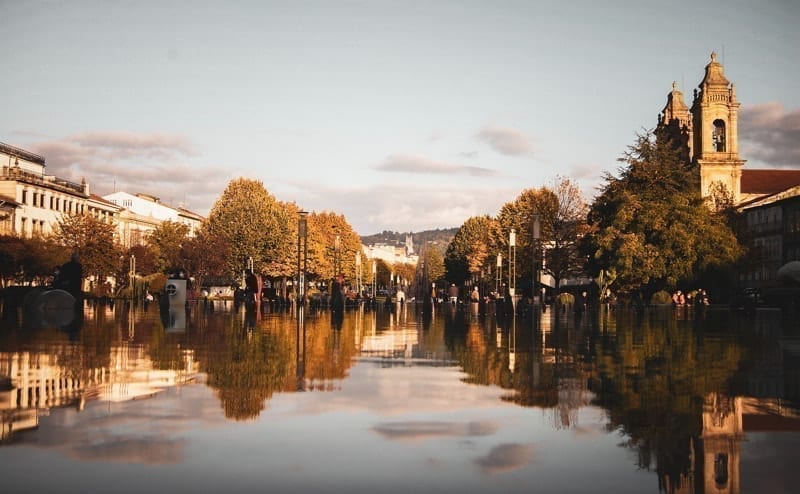





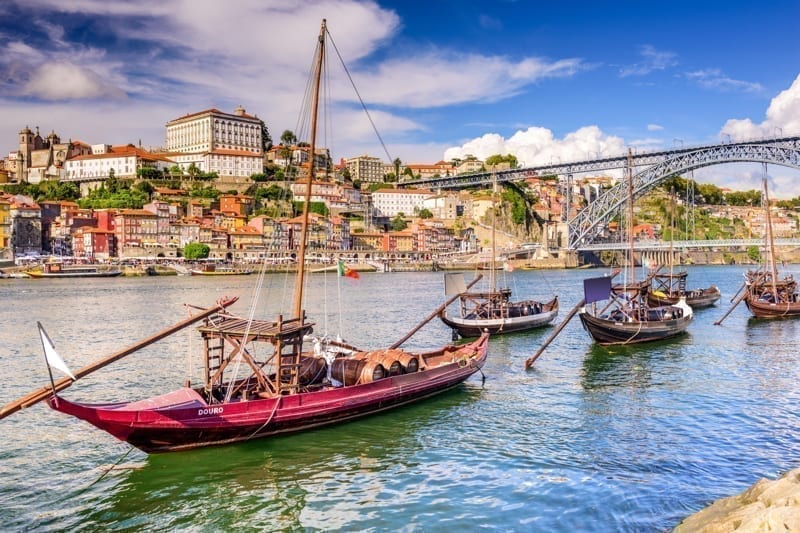
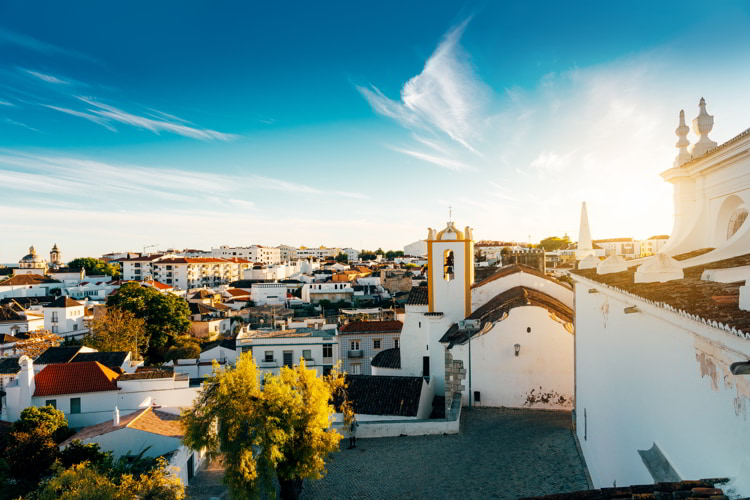 . '
. '
 . '
. '
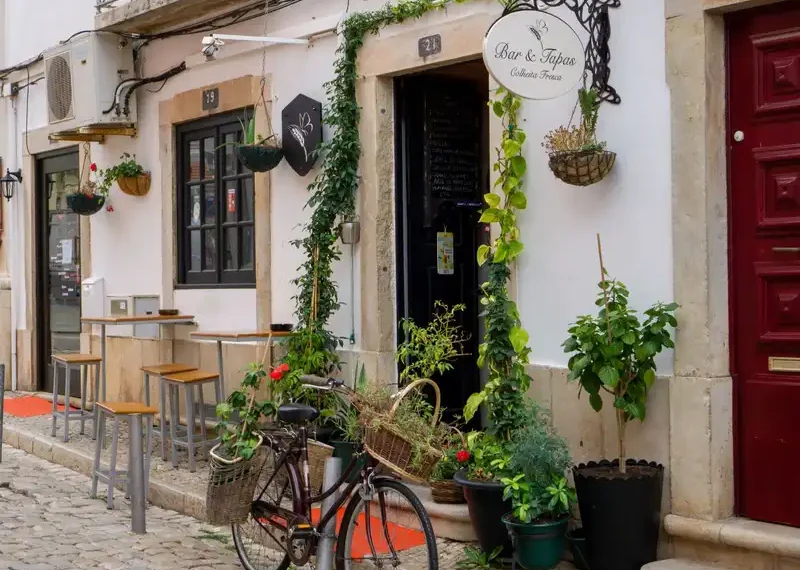 . '
. '
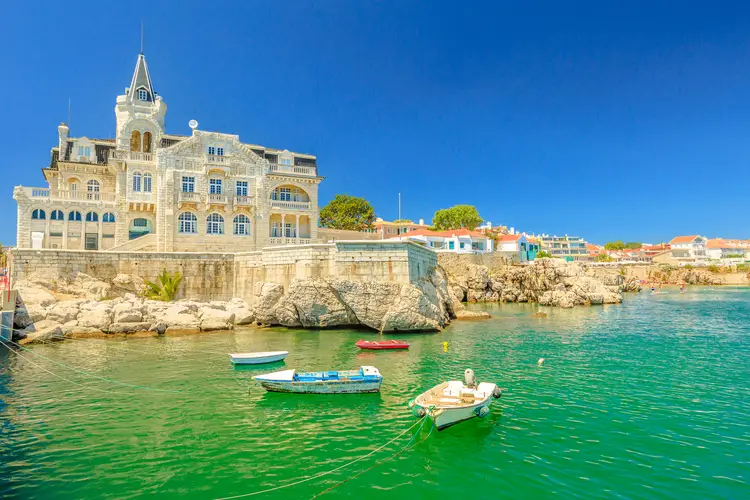 . '
. '
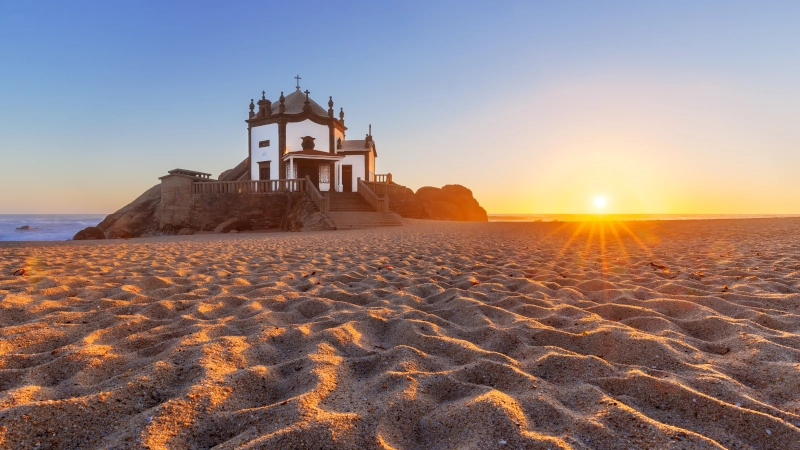 . '
. '








